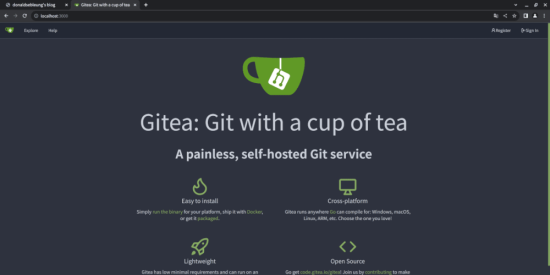Date: 2023-07-29
Popular hosted version control system (VCS) solutions such as GitHub and GitLab are filled with powerful enterprise features and enable large-scale collaboration and rapid iteration on public open source projects that power much of today’s Internet. On the other hand, while they enable the creation of private code repositories for projects not intended to be publicly accessible, often at no cost, they reside on third-party infrastructure which may raise data security, privacy and compliance concerns for businesses and organizations relying on them for internal projects and workflows.
While GitHub and GitLab do offer self-managed on premise or public cloud deployments of their integrated VCS solutions which alleviate some of those concerns, such offerings are geared towards larger enterprises and require more effort to properly configure, deploy and maintain. Furthermore, they often contain proprietary components and require the purchase of licenses to unlock the full range of features, which may be prohibitively costly for small-to-medium businesses.
Enter Gitea – a lightweight, cost-effective, open source VCS solution suitable for small-to-medium businesses released under the MIT license:
Gitea is a lightweight DevOps platform. It brings teams and developers high-efficiency but easy operations from planning to production.
Being fully open source means that unlike GitHub or GitLab, purchasing a license is not required to unlock the full range of features on your self-managed Gitea instance, though they provide an option for purchasing a support plan for businesses requiring a completely hands-free experience.
In the lab to follow, we’ll be deploying our very own Gitea instance to Kubernetes with a single command using Helm and exploring the basics of creating an organization, repository (repo) and pushing a commit containing our source code to the repo with Git.
Continue reading at donaldsebleung.com





